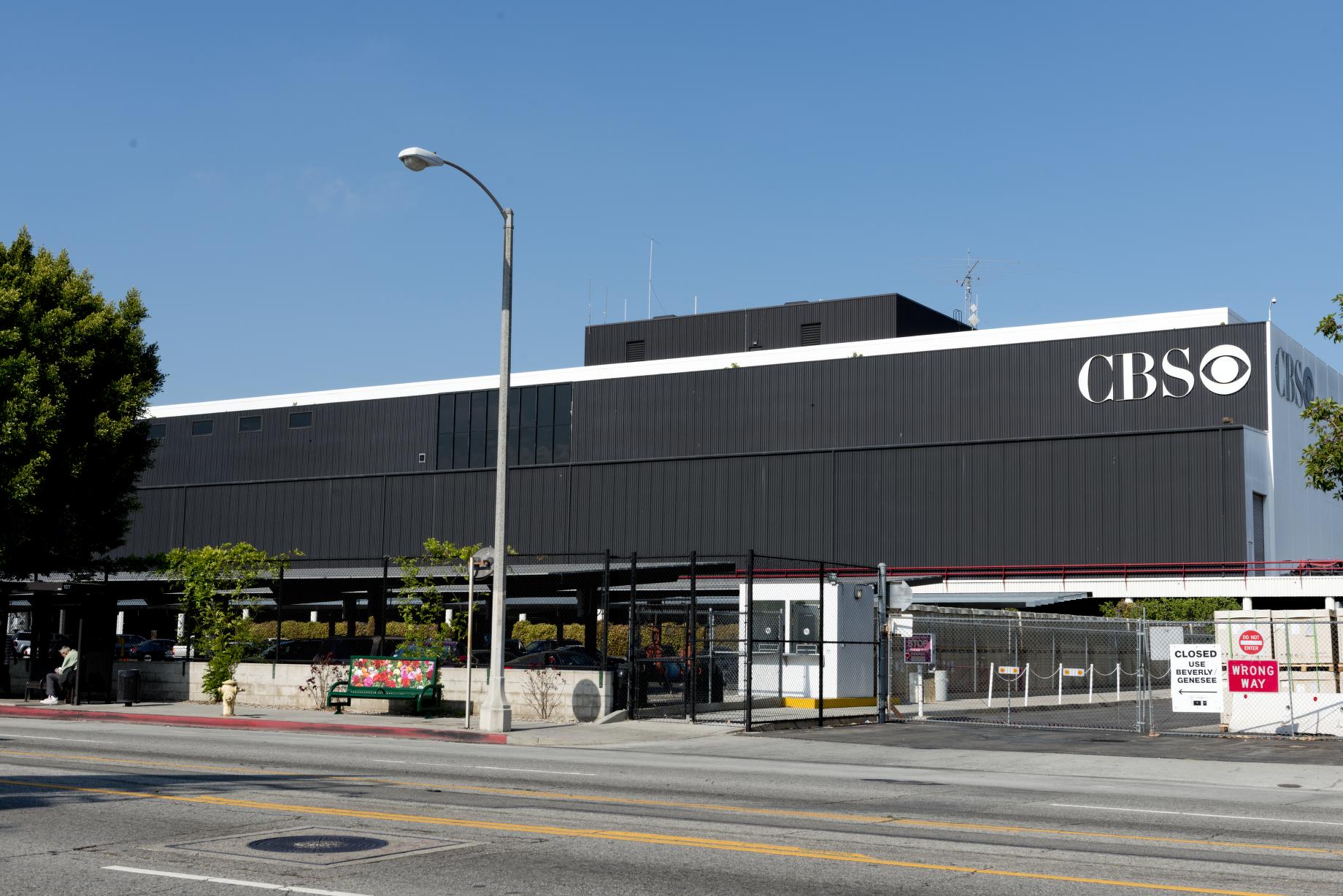The virtual production market is poised for impressive growth, with forecasts projecting a robust 19.98% CAGR, soaring from US$1.99 billion in 2022 to an expected US$7.13 billion by the end of 2029. This surge epitomizes the burgeoning integration of innovative technologies in filmmaking and content creation across the globe.

Advancements in Real-Time Rendering Spearhead Industry Revolution
-
The integration of advanced tools, including potent real-time rendering engines and virtual reality, is a critical component accelerating the market expansion, facilitating the creation of immersive environments within the set.
-
An escalating global appetite for visual effects has emerged as another key driver, as virtual production presents a more streamlined approach that enhances efficiency and curtails the need for extensive post-production.
-
The aftermath of the COVID-19 pandemic has also played a pivotal role by accelerating the transition to remote content creation, leveraging the capabilities of virtual production tools to facilitate real-time collaboration.
-
The promise of shorter production timelines through the streamlining of processes is attracting greater industry adoption, reinforcing the market’s upward trajectory.
Revolutionizing Cinematic Endeavors: Hyper-Growth in the Movies Segment
The movies segment, already a primary growth catalyst within the virtual production market, is anticipated to thrive, bolstered by global demand for visual effects and increasing adoption within commercial advertising. The technology’s capacity to convey filmmakers’ creative visions in a more immersive manner is revolutionizing the cinematic experience, driving industry-wide adoption of virtual production tools.
Asia Pacific’s Virtual Production Market Amassing Strength
With a significant share in the global market, the Asia Pacific region is expected to retain its stronghold, driven by rapid adoption in its entertainment and media industry. Factors such as a burgeoning population, rising disposable income, and strategic investments in immersive technologies are fueling market growth. The expanding film industry in this region further solidifies its position as an influential market player with cutting-edge technological adoption.
Key Developments Defining the Market Landscape
Notable advancements have marked the industry, such as the unveiling of Mo-Sys’s StarTracker Max, enhancing camera tracking precision. Meanwhile, Boris FX’s April 2023 introduction of the advanced Silhouette and Mocha Pro versions underlines the industry’s progressive trajectory, catering to the complex demands of VFX-heavy projects.
Market Segmentation Overview
The virtual production market is dissected into comprehensive segments, encompassing:
-
Hardware
-
Software
-
Services
And categorizing by type into:
-
Pre-production
-
Production
-
Post-production
The end-user analysis includes key sectors such as:
-
Movies
-
TV Series
-
Commercial Ads
-
Online Videos
From a geographical perspective, the virtual production market delves into pivotal regions including:
-
North America
-
South America
-
Europe
-
Middle East and Africa
-
Asia Pacific
Companies Mentioned
-
360Rize
-
Adobe
-
Autodesk Inc.
-
BORIS FX, INC
-
Epic Games, Inc.
-
HTC Corporation (VivePort)
-
HumanEyes Technologies
-
Mo-Sys Engineering Ltd.
-
NVIDIA Corporation.
-
Panocam3D.com
-
Pixar (The Walt Disney Company)
Key Attributes
| Report Attribute | Details |
| No. of Pages | 140 |
| Forecast Period | 2022-2029 |
| Estimated Market Value (USD) in 2022 | $1992.49 Million |
| Forecasted Market Value (USD) by 2029 | $7131.4 Million |
| Compound Annual Growth Rate | 19.9% |
| Regions Covered | Global |
















